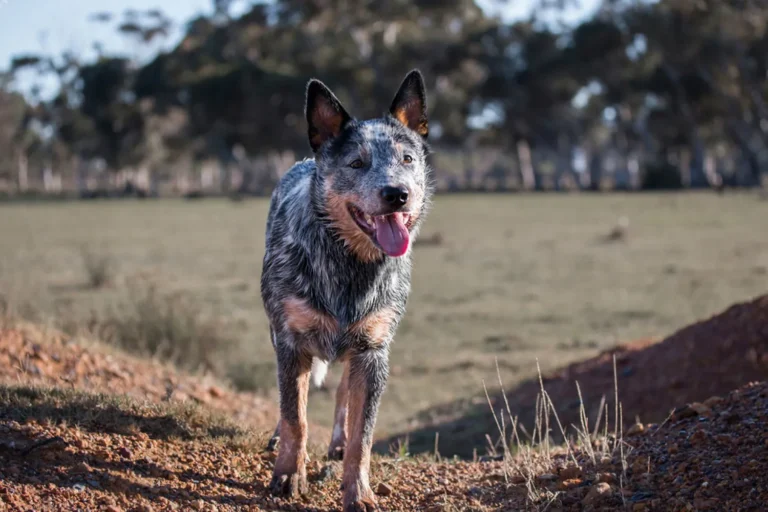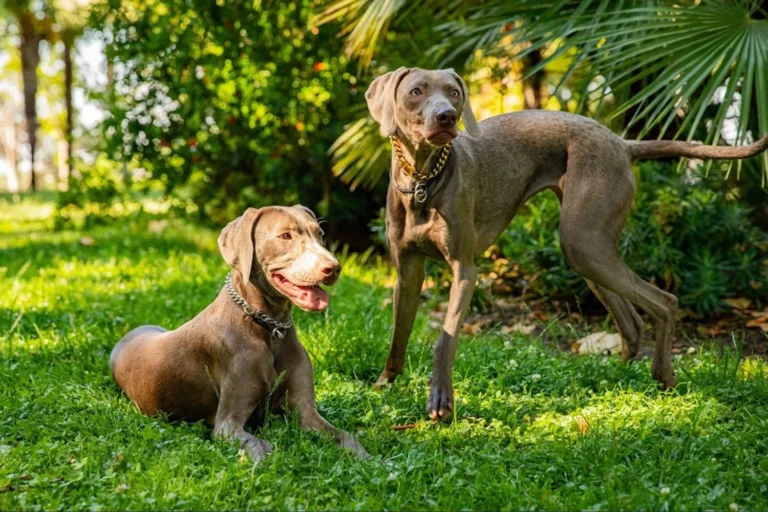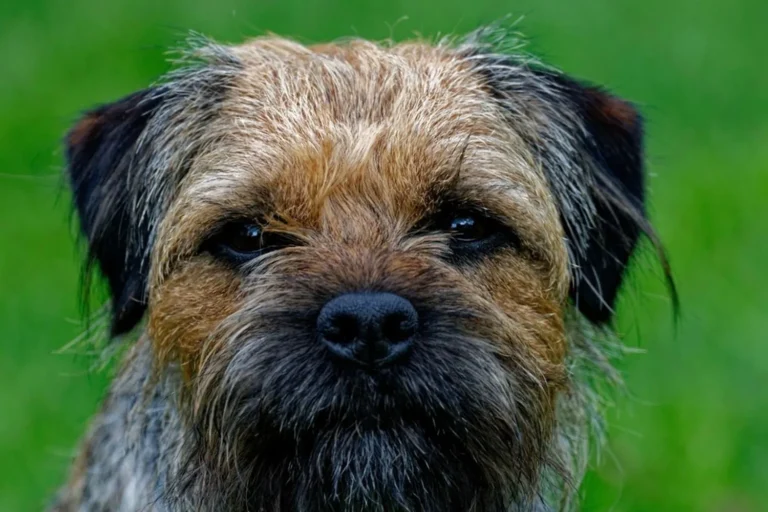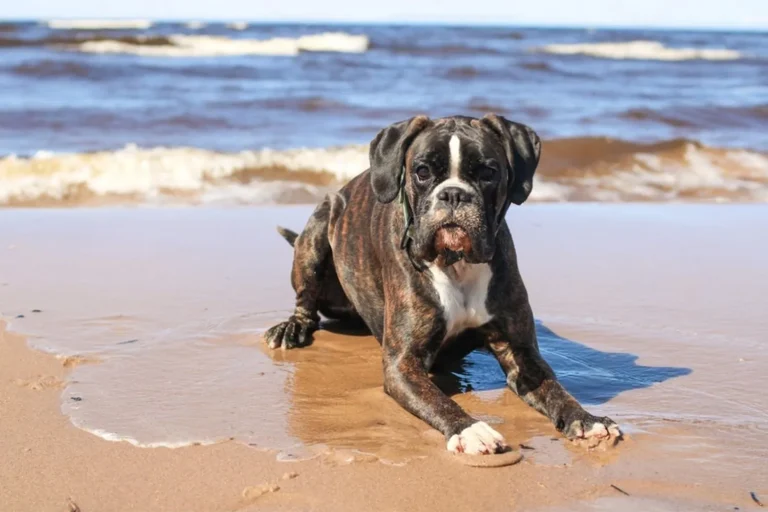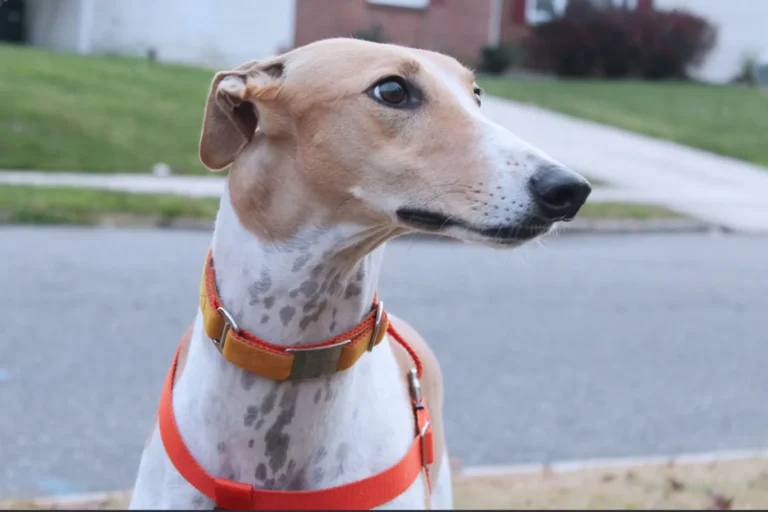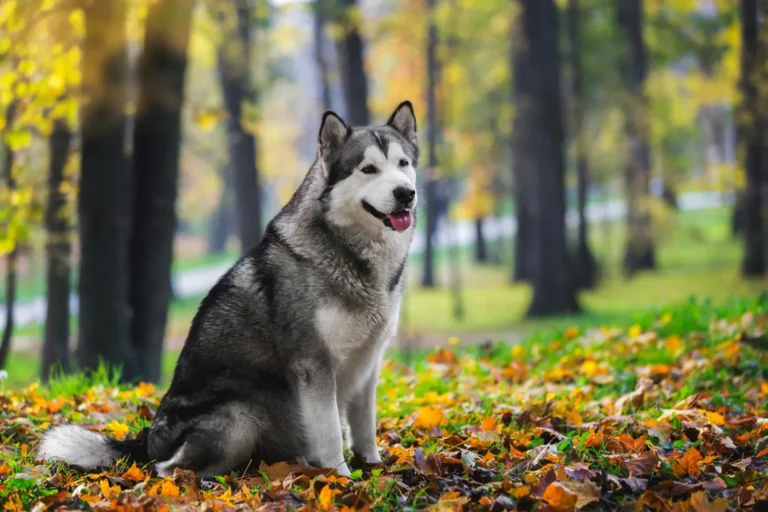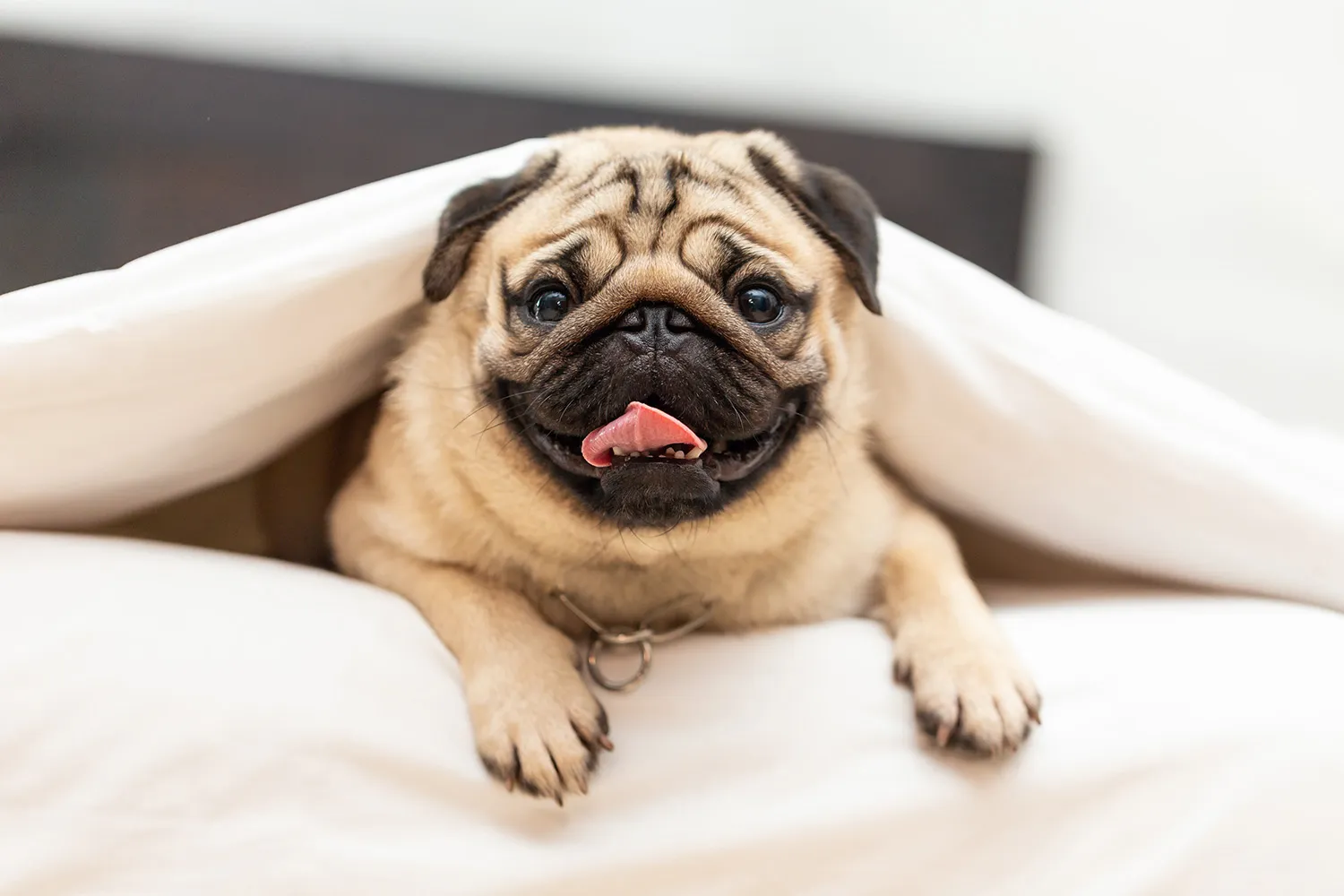
If your home could use a little comic relief and a lot of love, a pug might be your perfect match. They’re small enough for apartments but have personalities that fill a room sweet, goofy, and endlessly affectionate. My friend’s pug used to snore like a tiny motorboat during movie nights, then pop up for surprise zoomies when the popcorn came out. They’re usually great with kids and visitors, and they’re happiest when they’re glued to your side.
A few real life tips: keep their face wrinkles clean, watch their weight (they’re masters at begging), and stick to short, easy walks pugs don’t handle heat well. Training works best with treats and a sense of humor; they’re smart but a bit stubborn. If you want a compact companion with a giant heart, and you’re okay with a little snoring and a lot of cuddles, a pug fits beautifully.
History and Origin of the Pug
From ancient palaces to bustling European ports, the Pug has had quite a journey. Its story starts in China, where early Pugs were bred down over hundreds of years from mastiff type dogs into compact, round faced companions. That sturdy little body makes sense when you know the lineage my friend’s Pug, Bean, may be small, but when he leans against your leg, there’s a solid, old soul heft to him that feels like a distant nod to his bigger ancestors.
These charming dogs were adored as lap companions and status symbols, and their popularity eventually carried them onto trading ships bound for Europe. They really took hold in Holland, arriving with merchants and quickly winning hearts. There’s a famous moment that sealed the Pug’s Dutch reputation: in 1572, a Pug reportedly alerted Prince William to an imminent attack by Spanish soldiers. After that, the Pug became the official dog of Holland and a symbol linked to the Netherlands ever since. I once spent King’s Day in Amsterdam and spotted two Pugs in orange bandanas riding in a bike basket, looking like tiny, wrinkled ambassadors of the holiday.
From Holland, the Pug spread through European high society. Napoleon’s wife kept one, and later the Duke and Duchess of Windsor were fans too. By the Victorian era, Pugs were the fashionable companions to have, often popping up in portraits and paintings if you ever wander through an old gallery, keep an eye out for a small, serious dog with big eyes tucked at someone’s hem. I remember standing in front of a painting in London and noticing the Pug before I noticed the duchess; priorities, right?
All this history explains why modern Pugs are such devoted little shadows. They were bred to be close to their people, a trait they’ve never let go of. If you bring one home, expect loyalty, a sturdy cuddle, and the occasional heroic bark at a suspicious leaf every Pug thinks they might be saving the prince.
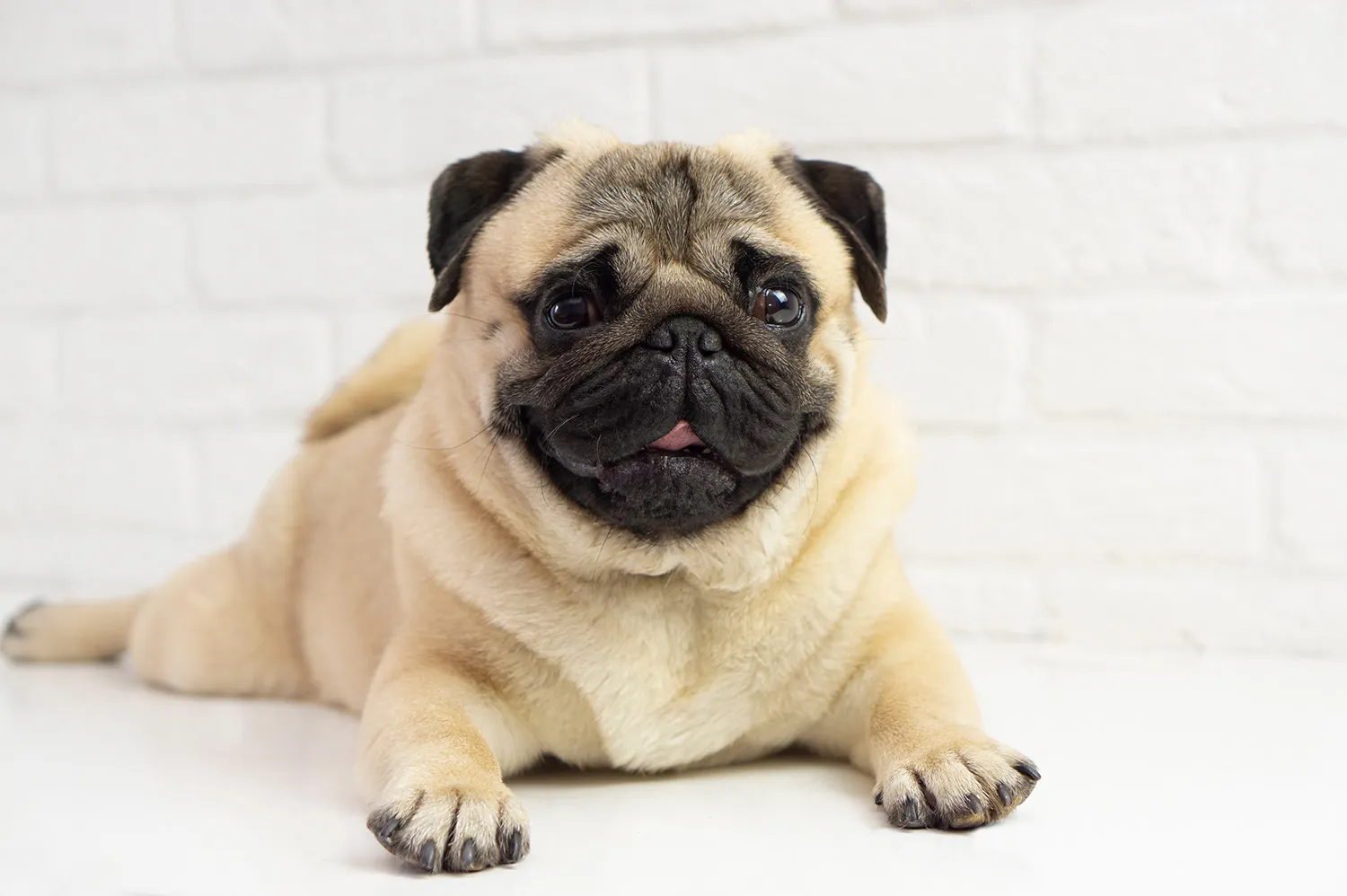
What Is a Pug?
Think of a Pug as a pocket sized charmer with a big presence. They’re a purebred toy breed, but not the fluffy, feather light type you might picture. Pugs are sturdy little companions with a solid feel when you scoop them up, and that unforgettable look: a round head, large expressive eyes, and those famous facial wrinkles that make them look perpetually curious (or slightly offended, which is part of the fun).
Their head is actually quite big compared to their compact body and short legs, and they wear it proudly with cute rose shaped ears and a short black muzzle. I always joke that a Pug’s face tells a whole story every wrinkle a chapter. Pro tip from my routine: keep a soft cloth handy to gently wipe those folds after meals or playtime. A quick swipe prevents crumbs and moisture from hanging around, and it keeps that sweet face fresh. I learned that after my friend’s Pug, Bean, hid half a treat in his forehead folds during a car ride.
Unlike the fluffball coats you see on some toy breeds, Pugs sport a short, smooth, polished coat that feels like satin. That makes maintenance much simpler. A weekly brush with a rubber grooming mitt keeps their coat tidy and the tumbleweeds under control, and baths can be quick and easy when needed. I add a fast ear check and nail trim to the routine five minutes here and there saves you from big grooming days later. It’s the kind of low fuss upkeep that fits into a busy life without sacrificing that well kept look.
When it comes to color, Pugs keep it classic. You’ll see the ever popular fawn, which really shows off that button nose and jaunty curly tail, and the striking all black coat that turns heads at the park. I’ve watched a black Pug gleam like freshly polished licorice in the sun there’s no missing them in a crowd. And whether fawn or black, that tight little tail curls like a question mark, wagging like it’s ready to punctuate every happy moment with an exclamation point
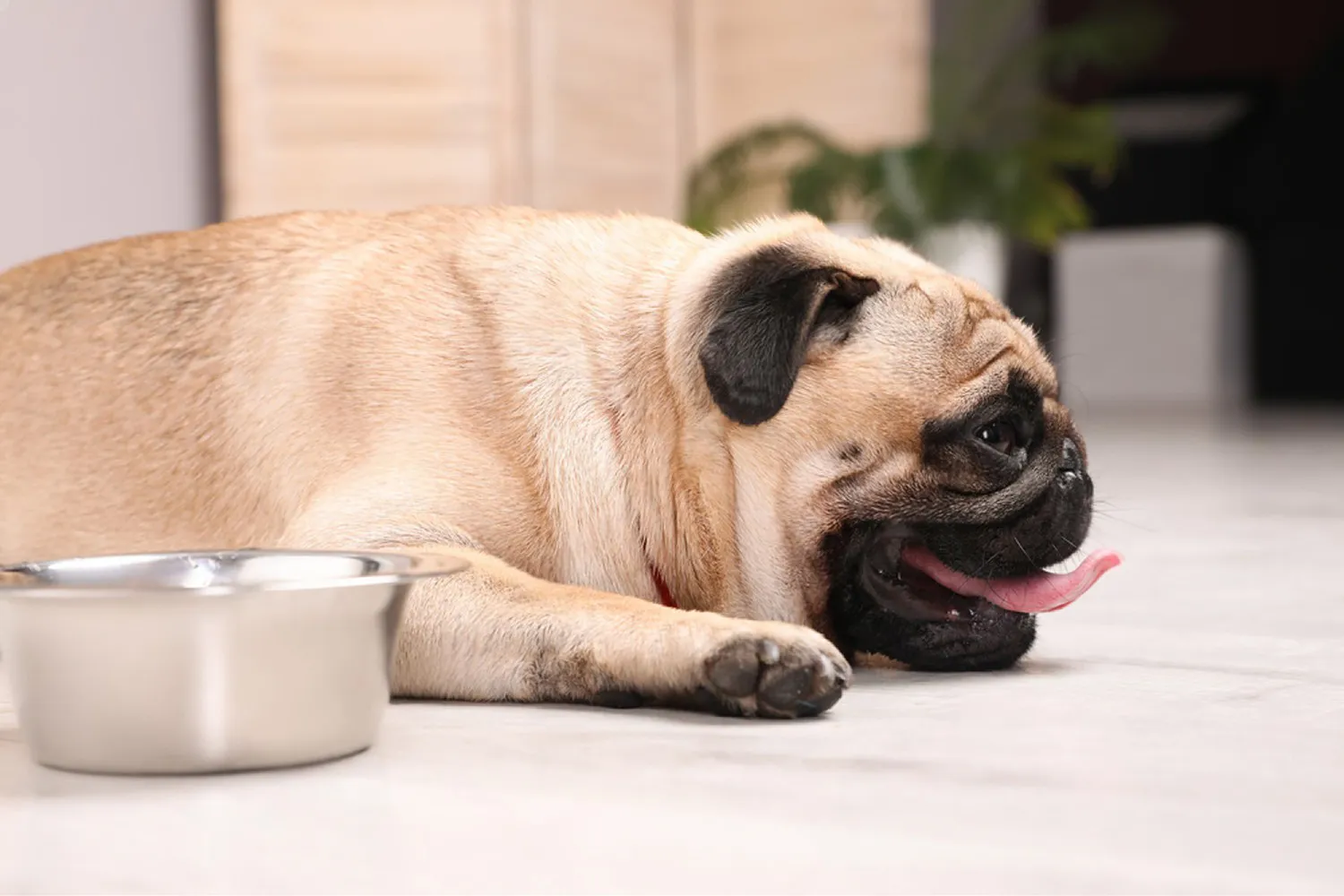
Who Is a Pug Best For?
If you love a dog that soaks up attention and gives it right back, a pug might be your perfect match. They’re famously friendly and easygoing, the kind of companion who’s just as happy trotting after you from room to room as they are snoring beside you on the couch. I once watched my neighbor’s pug, Miso, work a living room like a tiny comedian five minutes of zoomies, then a dramatic flop at my feet for belly rubs. That’s the pug vibe in a nutshell: cheerful, social, and wonderfully laid back.
Pugs are pros at adapting to your lifestyle and your space. Apartment living? They’re content with cozy quarters and a sunny spot by the window. Big house with a yard? They’ll happily shuffle from the kitchen to the patio and back to you. A friend of mine had a pug in a snug studio in Chicago he learned the schedule of the elevator dings and greeted everyone like a doorman. Later, the same pug moved to a larger home with a busy backyard and took it all in stride. As long as they’re near their people, they’re pretty flexible.
They’re also great for different kinds of households. Busy family with kids popping in and out? A pug will join the fun and soak up the buzz. Living solo and looking for a devoted little shadow? They’re pros at that, too. Mine used to curl up next to my chair during video calls, then stand up dramatically at noon to remind me it was time for a walk. If you’re out for long stretches, consider a midday visitor or dog walker pugs adore company and do best when they feel like part of the action.
Thinking about hosting? Pugs are usually social butterflies with guests. I brought one to a backyard dinner once, and he made polite rounds like a tiny maître d’, collecting head scratches table by table. Just a little training goes a long way teach a calm “sit” before greetings to prevent the enthusiastic hop up. Around kids, they’re typically gentle and tolerant, but as with any dog, show little ones how to pet softly and always supervise the fun.
A few quick tips if you’re pug curious: they thrive on short play sessions, regular but not marathon walks, and plenty of cuddle time. Keep a comfy bed in the room where you spend most of your day they like to be included. A couple of puzzle toys can keep their curious minds busy, and a simple routine will make them feel secure. If you want a companion who’s friendly with strangers, happy in large or small spaces, and delighted to be your little shadow, a pug is an easy dog to fall in love with.
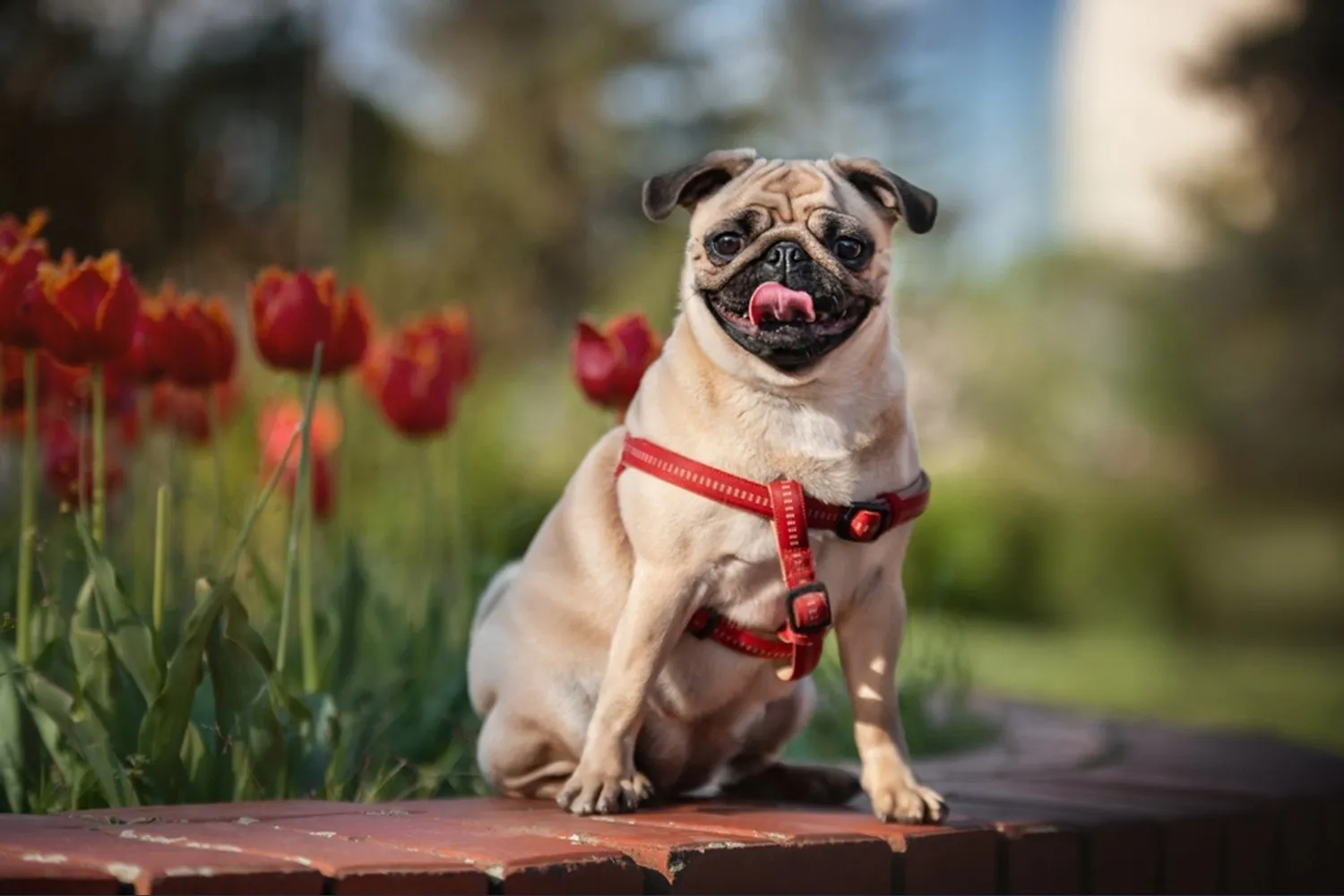
Pug Grooming & Shedding
Short coat doesn’t mean no shedding pugs can surprise you there. Most shed steadily year round, with fawn pugs typically dropping more hair than many black pugs. A quick daily brush makes a huge difference. I keep a rubber curry brush by the door and do a two minute scrub in little circles before our evening walk; it loosens piles of fuzz and keeps the tumbleweeds off the floors. In spring and fall when shedding ramps up, I swap to a silicone grooming glove and brush while we watch TV my pug thinks it’s just a cuddle session.
A little home strategy helps too. Wash their bedding weekly, keep a lint roller by the couch (and honestly, one in the car), and give carpets a once over with a vacuum that can handle pet hair. I learned to pick furniture fabrics that don’t cling to fawn hairs like Velcro game changer.
Those adorable face wrinkles need regular care. After meals or muddy adventures, I gently wipe inside the folds with a soft, damp cloth or an unscented pet wipe, then pat everything completely dry. Moisture trapped in there can invite redness and funky smells. During a humid week last summer, my pug got a bit irritated in one deep fold; my vet recommended a wrinkle safe cleanser and making sure I always dry between the folds problem solved in a couple of days. If you ever see redness, swelling, or notice a sour smell, it’s worth a quick vet check.
Ears are another weekly must do. I give a sniff and a peek clean ears shouldn’t smell. If they do, or if your pug shakes their head a lot, it can signal trouble. I use a vet approved ear cleaner and a cotton pad, wiping only what I can see. No digging with cotton swabs. Pug eyes are big and curious, so I also wipe away tear stains with a damp cloth and keep an eye out for squinting after windy days.
Bath time is simple: about once a month with a gentle, dog safe shampoo. Pugs don’t need frequent baths, and overdoing it can dry their skin. I towel off, then use a hair dryer on cool to make sure the face folds, armpits, and under the collar are completely dry. A groomer I visited in San Diego showed me how a microfiber towel cuts drying time in half handy for wrinkly faces.
Don’t forget the nails and teeth. If you hear tap tap tap on your hardwood floors, it’s nail trim time usually every 2-4 weeks. A nail grinder has been less scary for my pug than clippers. For dental care, daily brushing with dog toothpaste (mine loves the chicken flavor) plus a vet approved dental chew keeps breath fresh and tartar in check. Pugs can have crowded teeth, so regular dental checkups are a gift to future you.
With a few minutes a day and a bath here and there, pug grooming is totally manageable and honestly, kind of bonding. A brushed, clean, wrinkle fresh pug is a happy pug.
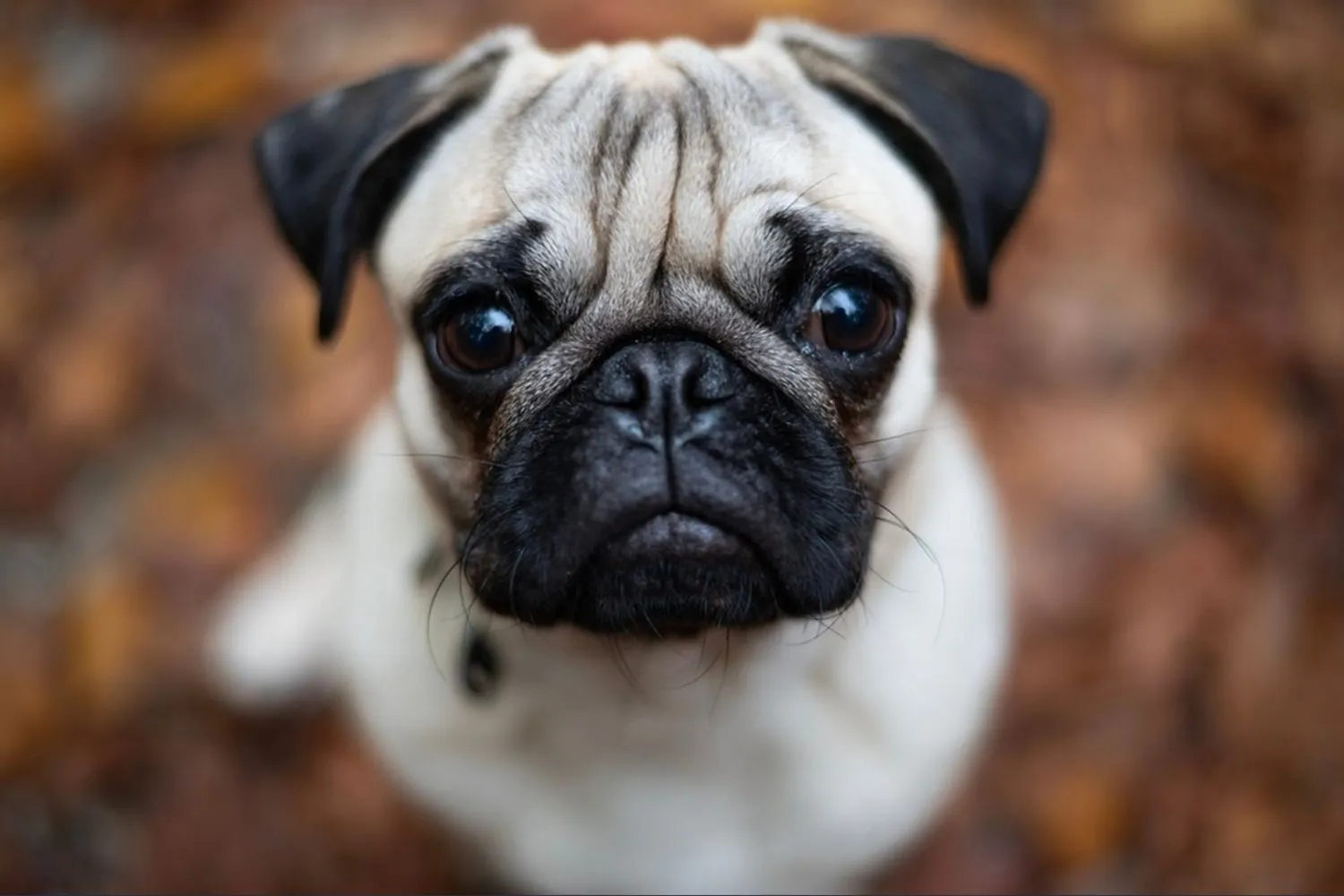
Do Pugs Bark a Lot?
In my experience, Pugs are some of the quietest little roommates you can have. They’re more likely to “chat” in snorts, snuffles, and little grumbles than launch into full on barking. My neighbor’s Pug, Noodles, could snooze through an entire movie night with only the occasional snore, even when people walked past the door. For apartment living and shared walls, that low key vibe is a gift.
When a Pug does bark, it’s usually an excited “Hey! Something’s happening!” a new person at the door, the doorbell, or a burst of zoomies. It tends to be short lived and happy, not the kind of persistent barking that wears on your nerves. A simple meet and greet routine helps: I like to have visitors toss a couple of treats on the floor and ask for a sit, which turns the door from “alarm time” into “good things happen here.” Teaching a “quiet” cue early and rewarding calm behavior at windows and doors also works wonders.
Of course, every dog is an individual. A bored or anxious Pug can get vocal, so keep their day interesting with short walks, puzzle feeders, and sniffy games. But overall, Pugs save their voices for big news guests, treats, and pure excitement and that makes them wonderfully easy to live with.
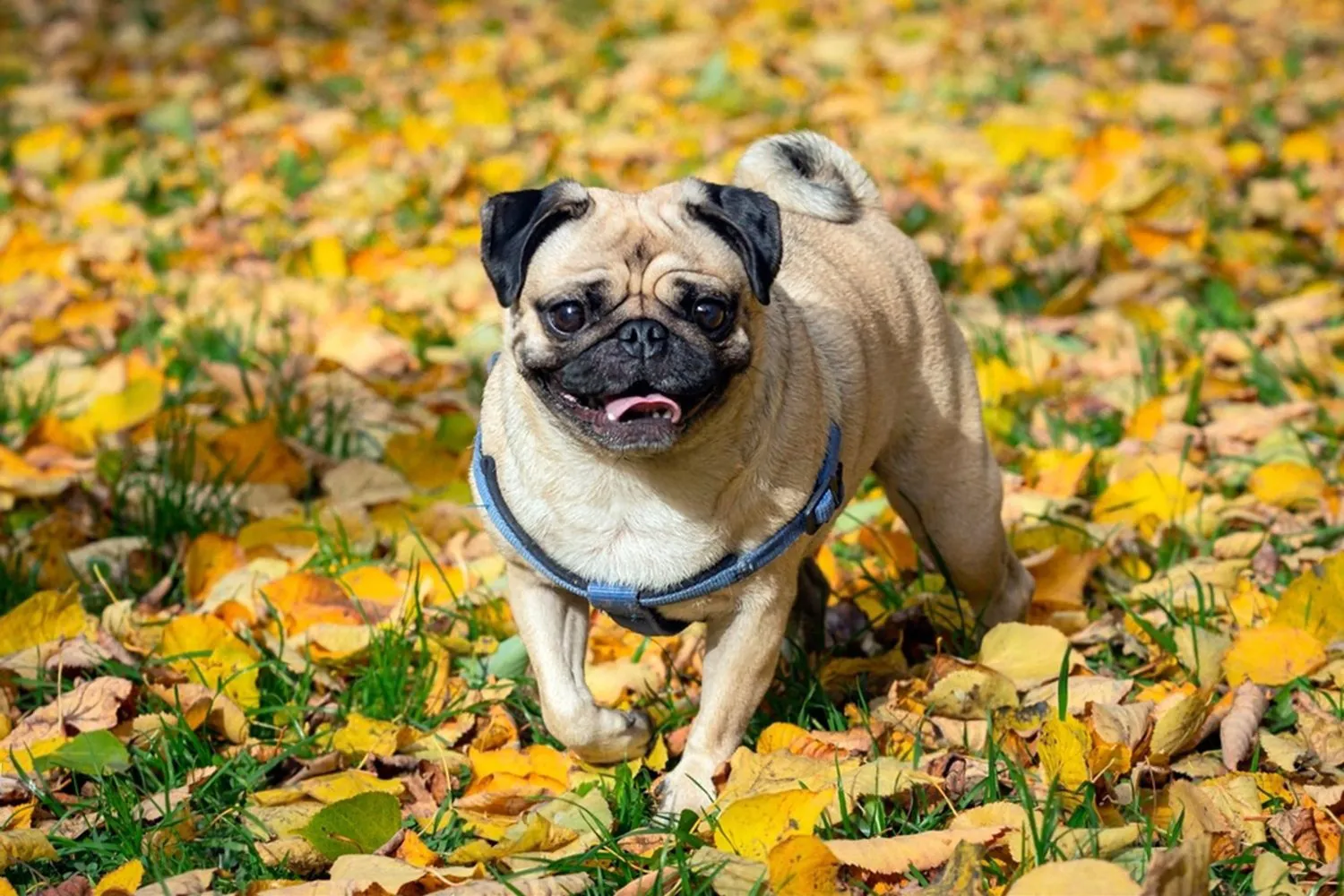
Average Weight and Height of a Pug
Pugs are compact little powerhouses small in size, sturdy in build, and full of personality. Most adults, whether male or female, fall between 6.3-8.1 kg, which is roughly 14-18 pounds. That’s the sweet spot for a healthy, balanced pug, though you’ll see some natural variation depending on their build and how active they are. I once dog sat a pug named Pickle who hovered around 7.5 kg when we kept up with daily walks, but during a lazy, rainy month he crept over the limit and we had to tighten up the routine. These guys are prone to piling on the pounds, so a measured diet and consistent exercise really make a difference.
As for height, pugs tend to stand low and sturdy: around 28 cm for males and about 30 cm for females (think roughly 11-12 inches at the shoulder). Genetics plays a role if the parents were a bit taller or stockier, the pups often follow suit. My friend’s female pug, Noodle, is right at 30 cm and looks like a tiny tank when she trots down the sidewalk. https://en.wikipedia.org/wiki/Pug
A few tips from the trenches: measure meals with a scoop or kitchen scale, use slow feed bowls if mealtimes turn into a vacuum act, and keep treats small (a blueberry or a bit of carrot goes a long way). Aim for short, regular walks and indoor play sessions, especially in hot weather pugs can overheat quickly. I do a quick check every month: step on the scale with the dog, then without, and make sure I can feel ribs without pressing. A visible waist from above and a little tummy tuck from the side are good signs. Keep those habits steady, and your pug will stay sturdy in all the right ways.
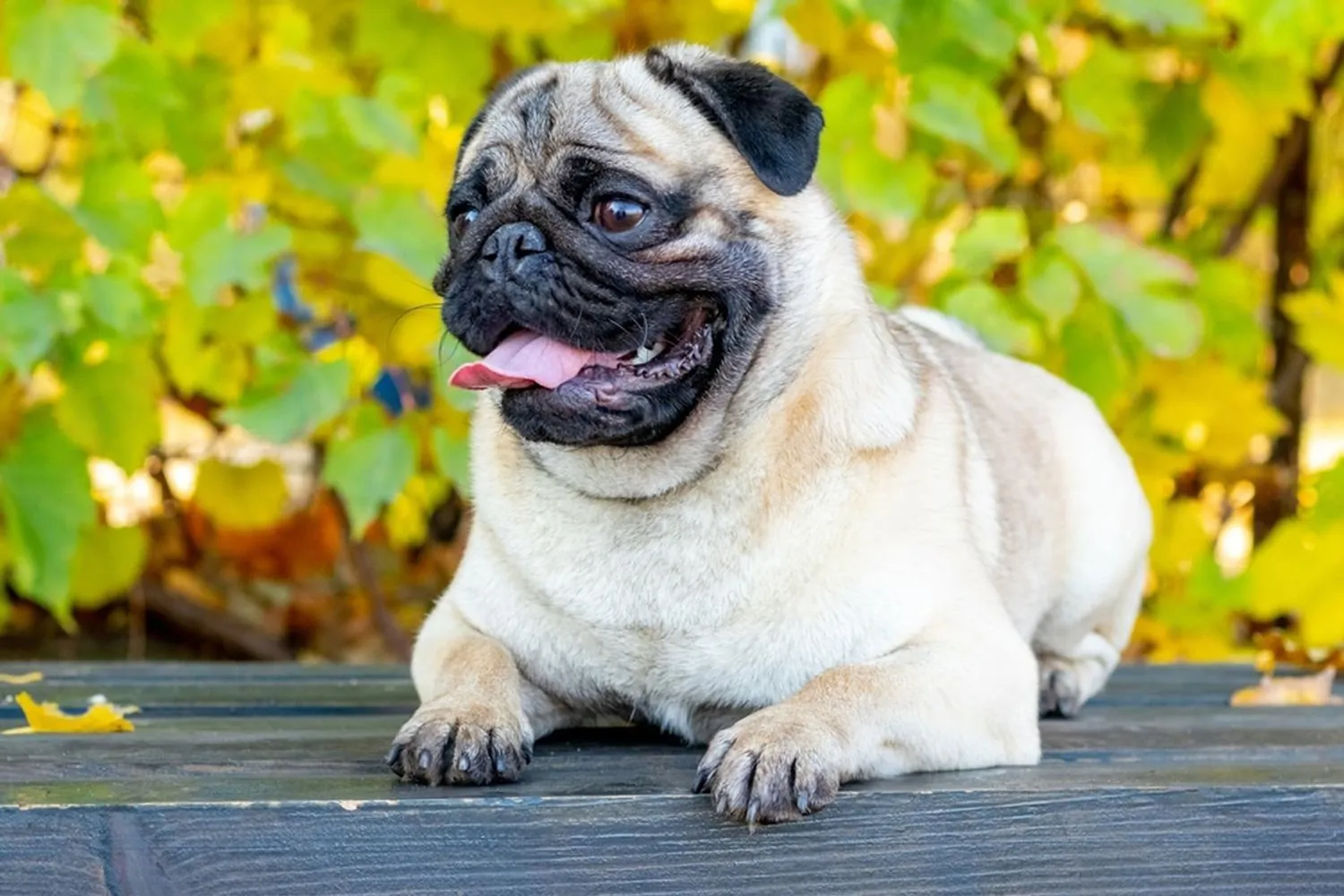
Are Pugs Easy to Train?
My first “student” pug, a roly‑poly little character named Noodle, learned sit in the time it took my coffee to cool. Pugs are small, but they’re sharp and quick to catch on especially when there’s a snack involved. Training them feels more like a game than a chore, and it turns into this lovely daily ritual where you both look forward to a few minutes of working together.
Food is your secret weapon. Pugs adore it, so lean into that. I like to use teeny‑tiny treats (pea sized), or even pieces of their regular kibble, and I’ll do short sessions five minutes here, five minutes there. A few wins, a happy “Yes!” or click, a nibble, and you’re off to the races. Pro tip from my kitchen floor: keep treats in your pocket and practice quick cues throughout the day sit before the leash goes on, wait before the food bowl hits the ground, come for a jackpot reward across the hallway. It adds up fast.
They do have a comical stubborn streak now and then. If your pug pauses to “think about life,” just reset, keep the tone upbeat, and try again. Never scold these little clowns respond best to praise and a warm voice. And watch the waistline; with food loving pugs, small rewards and portion control are your friends.
With the right mix of tasty treats, consistency, and lots of love, you’ll be amazed how quickly a pug starts nailing commands and how much you’ll both enjoy the bonding time.
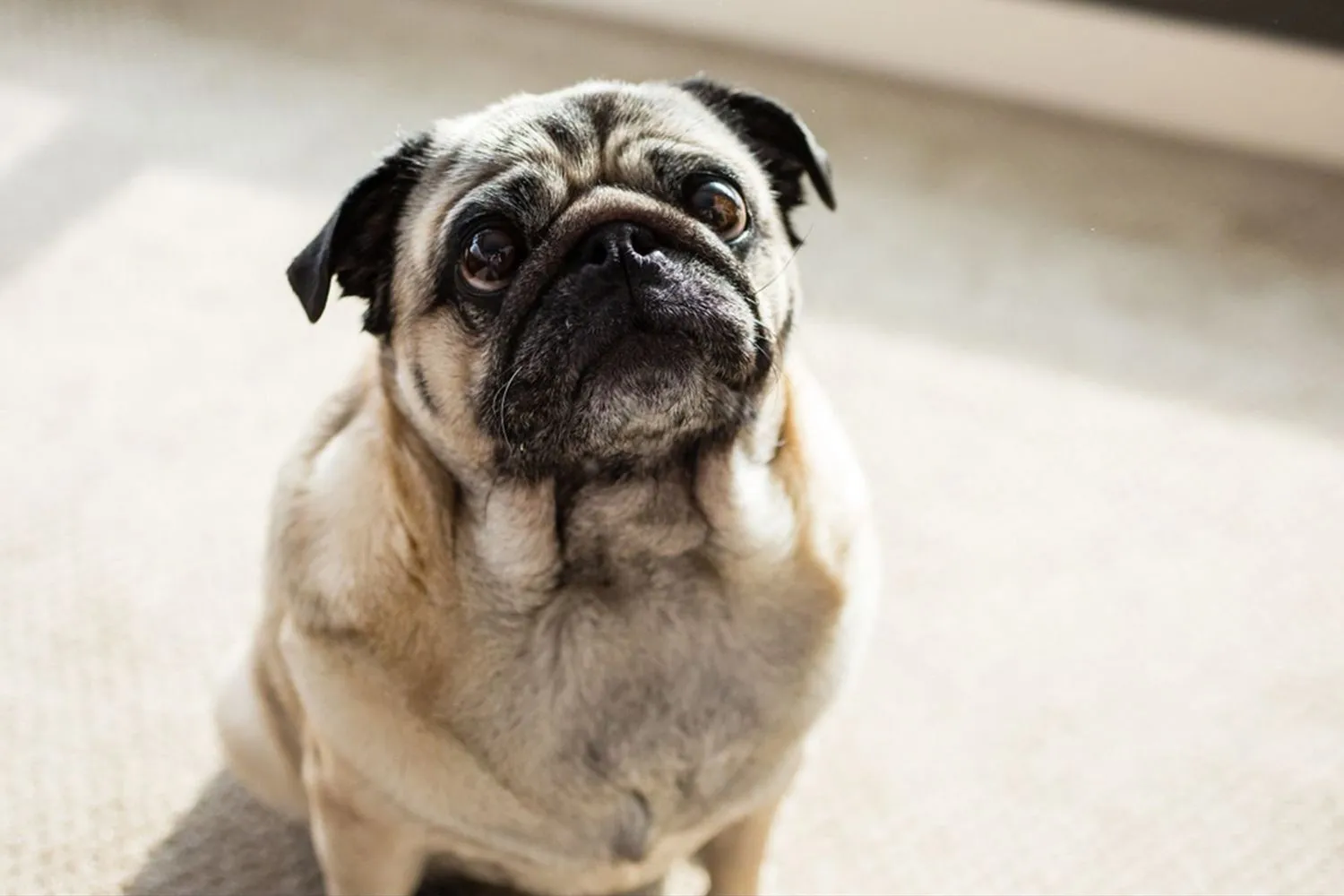
How Do Pugs Behave? A Look at Their Temperament and Personality
Pugs are cheerful little companions with big hearts and even bigger personalities. They’re famously people oriented, the kind of dog that pads after you from room to room and settles in like a warm beanbag on your lap. I’ve met Pugs that seem to have comedy built in those dramatic head tilts, the joyful snorts, and the way they stare at you like you’re the most fascinating thing on earth. Whether you live solo or in a bustling household, they slide right into the routine and make themselves part of the action.
Around kids, Pugs are typically patient and gentle, happy to be included in whatever game is going on. My nephew once “taught” our friend’s Pug to be a pirate, complete with a paper hat; the dog just sat there soaking up the attention and wagging. They’re lovers, not fighters, and aren’t known for aggression more likely to greet strangers with a wiggle than a warning. That said, I always recommend supervising play with young children and teaching everyone gentle handling. Pugs also tend to get along nicely with other pets; they’re social butterflies who prefer making friends to keeping watch.
Training a Pug is usually a breeze if you keep it fun and positive. They aim to please, but they can have a streak of “what’s in it for me?” Use tiny treats, lots of praise, and short sessions my neighbor’s Pug would give me his best sit for a single pea sized treat and a happy cheer. Expect playful bursts (the famous zoomies) followed by impressive napping. A couple of short walks and indoor play suit them well, and they’re great apartment dogs. Just a tip from experience: they can be sensitive to heat, so keep exercise gentle on warm days, and build in some independent time so they don’t get clingy. In return, you get a devoted, affectionate sidekick who makes everyday life feel sunnier.
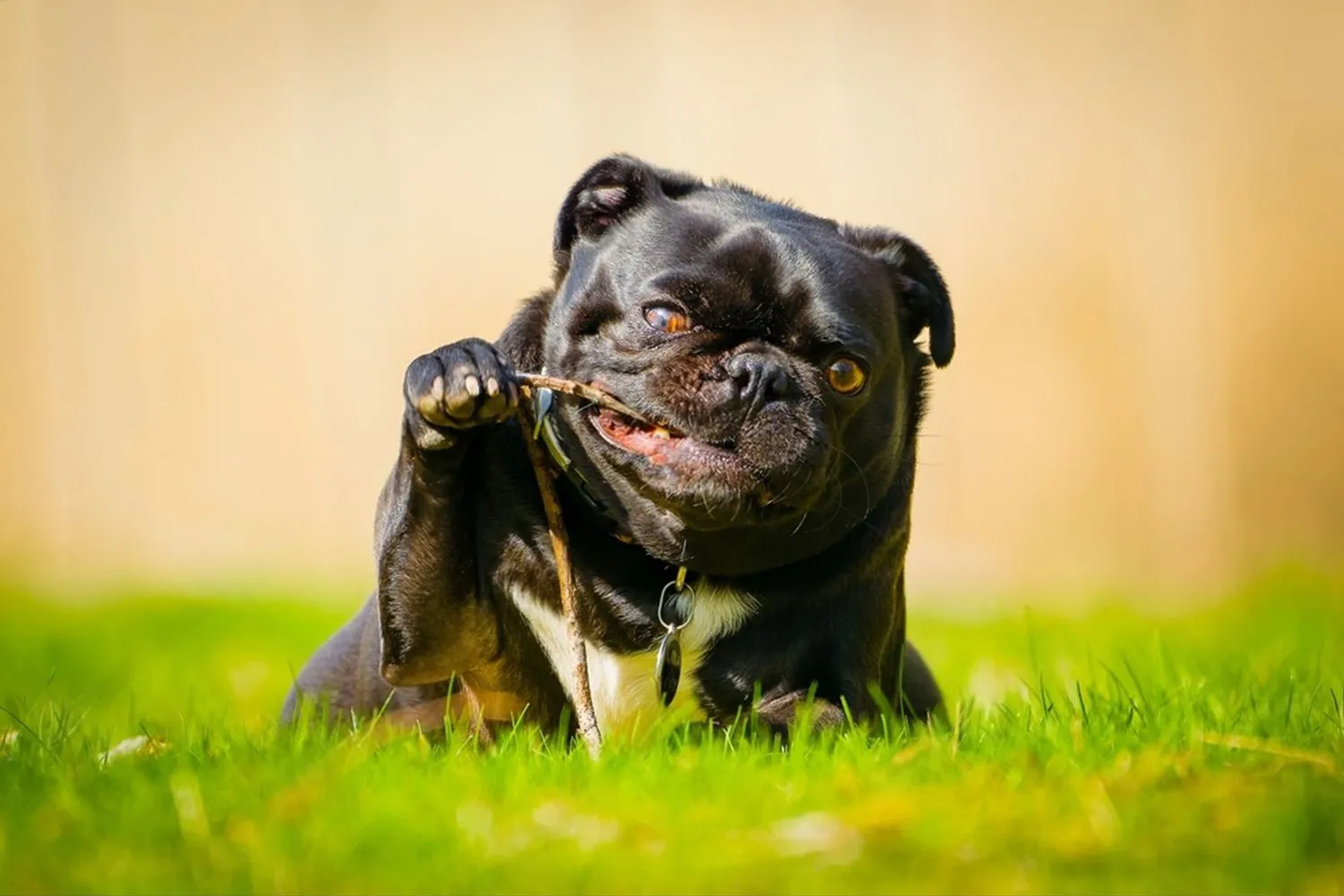
Do Pugs Have Any Common Health Issues?
If there’s one thing I watch like a hawk with pugs, it’s their eyes. Those big, soulful peepers are part of their charm, but they’re also more exposed than most breeds and easier to bump or scratch. I make a habit of doing a quick eye check after walks especially on windy days or after a romp through bushes. Look for redness, squinting, discharge, or pawing at the face. I once helped a friend whose pug brushed against a rosebush and ended up with a scratched cornea; we got to the vet fast and it healed well, but it was a good reminder to keep plants trimmed and corners clear at pug eye level. A gentle wipe around the eyes and the surrounding skin to remove grit, plus keeping nails tidy so they don’t accidentally scratch themselves, can make a big difference. Regular checks really do keep them healthier.
Skin can be another trouble spot. Those adorable wrinkles can trap moisture and debris, which sometimes leads to irritation. I keep a soft cloth by the door to clean and thoroughly dry the folds after walks or meals. If you notice redness, itching, a yeasty smell, or flaky patches, don’t wait have your vet take a look. Gentle baths and a simple, consistent grooming routine help, but skip heavy perfumes or harsh products that can make things worse.
Joints deserve attention too. While pugs are sturdy in spirit, they can have issues with things like loose kneecaps or hip discomfort. Keeping them at a healthy weight is the best gift you can give their joints measured meals, fewer table scraps, and regular, moderate exercise. I use ramps for the couch and keep rugs on slippery floors to prevent dramatic leaps and slides. If you notice stiffness, limping, or hesitation on stairs, call your vet sooner rather than later.
There’s also a rare, serious condition called pug dog encephalitis. It’s genetic and can be fatal, and sadly there isn’t much that can be done for dogs who develop it. Thankfully, it’s uncommon. Be aware of sudden neurological signs like seizures, circling, or confusion, and seek immediate veterinary care. If you’re getting a pug puppy, ask the breeder about family history and be open with your vet about any concerns.
Bottom line: a little daily attention especially to those eyes plus prompt vet visits when something seems off will keep your pug feeling their best. And trust your gut; if your pug isn’t acting like themselves, it’s always worth the call.
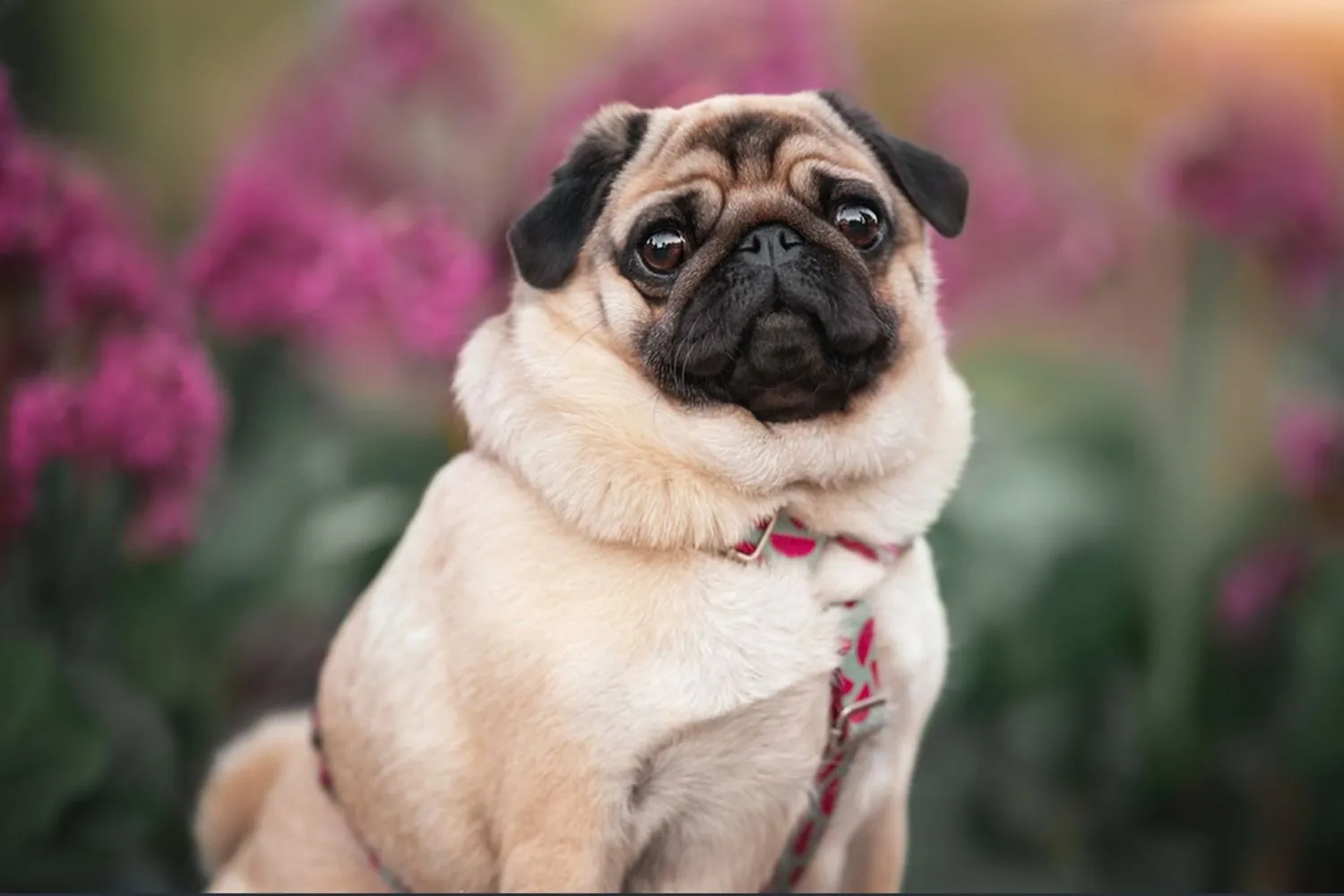
What Is the Lifespan of a Pug?
Pugs may be small, but they’re sturdy little companions, and toy breeds like them tend to outlive many bigger dogs. On average, a pug’s life expectancy is around 13 to 15 years. That’s a lot of birthdays, snorts, and couch cuddles. I’ve known a few who happily puttered along into their mid teens my neighbor’s pug, Daisy, had a 15th birthday party with a dog safe cupcake and a nap that lasted the rest of the afternoon.
How long your pug lives can come down to a mix of genetics and everyday care. Keeping them at a healthy weight is huge extra pounds make breathing and joint issues worse. I measure meals with a scoop and go easy on the treats, swapping in green beans or a bit of carrot when those big eyes start working their magic. Gentle, regular exercise is perfect: short walks, a little playtime, and lots of sniffing breaks. Because pugs can overheat easily, we do early morning strolls in summer and stick to shady routes. A harness instead of a collar helps protect their airway, and I always keep water handy. Routine vet checkups, good dental care, and keeping their skin folds clean all add up to better comfort and potentially more years. Once my pug hit about eight, I added senior wellness visits with bloodwork caught a minor issue early, and it made a world of difference.
As pugs move into their golden years, you’ll notice more naps, a slower pace, maybe some stiffness after sleeping. That’s normal. I’ve found small adjustments keep them feeling great: a soft bed, a little ramp to the sofa, non slip rugs, and puzzle feeders to keep their mind busy. My old guy still lights up for nose work games, even if he takes a snooze right after. With thoughtful care and a bit of luck, 13 to 15 years is a very real, happy stretch for a pug and honestly, they make every one of those years feel full.
How Much Should You Feed a Pug?
Pugs are little food fanatics, and they’re not shy about telling you. Mine has perfected the “I’ve never been fed in my life” stare, especially when the fridge opens. That’s why any loss of appetite in a Pug can be a real red flag. If your usually enthusiastic eater skips a meal, watch closely; when my boy ignored dinner once, I called the vet the next morning and it turned out to be a mild tummy bug. Better safe than sorry with these chowhounds.
The sweet spot for feeding a Pug is a mix of the right amount and the right nutrition. Choose a complete, balanced dog food, then start with the feeding guide on the bag for your pup’s age and weight, and adjust from there. For many adult Pugs, the total daily amount ends up somewhere around 1/2 to 1 cup of quality kibble, but it really depends on size, activity level, and how many treats sneak in. Measure with a real measuring cup (eyeballing made mine a bit pudgy one winter), and split meals into two portions; puppies usually do best with three smaller meals. Use your Pug’s body as your guide: you should feel ribs with light pressure and see a little waist from above.
As for treats, keep them modest about 10% of the day’s calories is a good rule of thumb. I like tiny training treats or carrot coins to keep my Pug happy without overdoing it. A slow feeder bowl or a puzzle toy can also stretch mealtime and curb that “inhale the bowl” habit. And of course, fresh water should always be available. If you’re ever unsure about appetite changes or ideal weight, a quick chat with your vet is the best next step.
Pug FAQs You’ll Actually Use
Do all Pugs suffer from breathing issues?
Many Pugs have very flat faces, which makes them more likely to struggle with breathing, and it’s estimated that around half will experience some kind of difficulty. In day to day life, that means keeping things cool, calm, and not too intense shorter walks, avoiding the midday heat, and using a harness instead of a collar so there’s no extra pressure on the airway. I always bring a collapsible water bowl and take shady breaks; my friend’s Pug, Waffles, sounds like a tiny tractor when he’s excited, and a few cool down pauses make a world of difference. Snorting and snoring can be normal for Pugs, but if breathing looks labored or they’re overheating, it’s time to slow down and call your vet for guidance.
Is a Pug dog a good pet for children?
Absolutely. Pugs are famously friendly and social, which makes them a great match for noisy, energetic kids from goofy puppy days to their mellow adult years. They adore being in the middle of family life and tend to follow little feet around like loyal shadows. A bit of family training goes a long way: teach gentle petting, no ear or tail tugging, and give your Pug a cozy “quiet zone” to nap. My niece used to host “reading hour” with our Pug; he’d curl up, snore through the story, and wake up just in time for a hallway game of fetch.
Are Pugs okay to live with other dogs?
Yes! Pugs usually get along beautifully with other dogs and pets, thanks to their gentle, easygoing nature. Slow introductions help think a neutral space, a little sniff and stroll, and lots of praise for calm behavior. When we brought home a second dog, we started with parallel walks and short playdates; by week two they were sharing sunbeams. Keep an eye on play with much bigger dogs, and take quick breaks if your Pug’s breathing gets a bit huffy.
What are toy breeds?
“Toy” refers to a category of small dogs that weigh about 6.8 kg or less when fully grown. It’s just a way to group petite pups that often resemble plush toys think Pomeranians, Chihuahuas, Maltese, and yes, Pugs are commonly placed in the Toy Group and usually land right around that mark. Toy doesn’t mean fragile, though. They still need training, exercise, and mental games mine will trade ten minutes of puzzle play for an epic nap every time.
Disclaimer:
This article is for informational purposes only and doesn’t replace professional veterinary or training advice. Always consult a certified vet or dog trainer for guidance specific to your pup.
